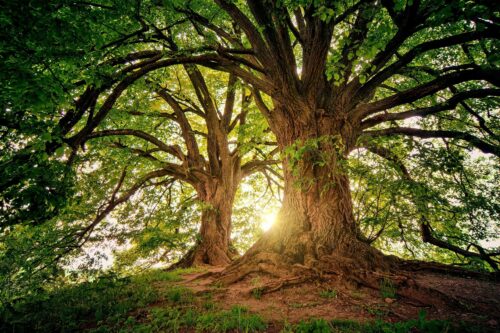Image courtesy of Pixabay.
Can you create a family tree for all of humanity, dating as far back as 50,000 generations? A study from researchers at the University of Oxford says yes, at least in part. The researchers developed a new method using data from both contemporary and ancient DNA samples to construct whole-genome genealogies, providing insights into human history and evolution.
The researchers combined genetic data from several different datasets to carry out this study. Historically, this process has been challenging due to technical errors in the DNA sequencing process or the use of different DNA sequencing techniques altogether. The variation stemming from these issues makes it hard to accurately combine and compare this genetic data because researchers cannot tell if the differences in sequences are due to systematic inconsistencies in DNA processing or variation in the genetic sequences of the samples themselves. To address this issue, the researchers used “tree sequences,” graphs that represent the links between regions of DNA in contemporary samples and the ancestor where the region first appeared. Consider two samples of DNA: one contemporary and one old. If both samples shared a significantly similar sequence of nucleotides, they would be considered “connected” in the graph.
With this challenge solved, the researchers combined eight datasets and used an algorithm to yield a network of twenty-seven million ancestors. The researchers found that the network reflected key moments in human history, such as the first human migrations. Who knows—with this technology, you might be able to meet your great-great-great…grandparents.

